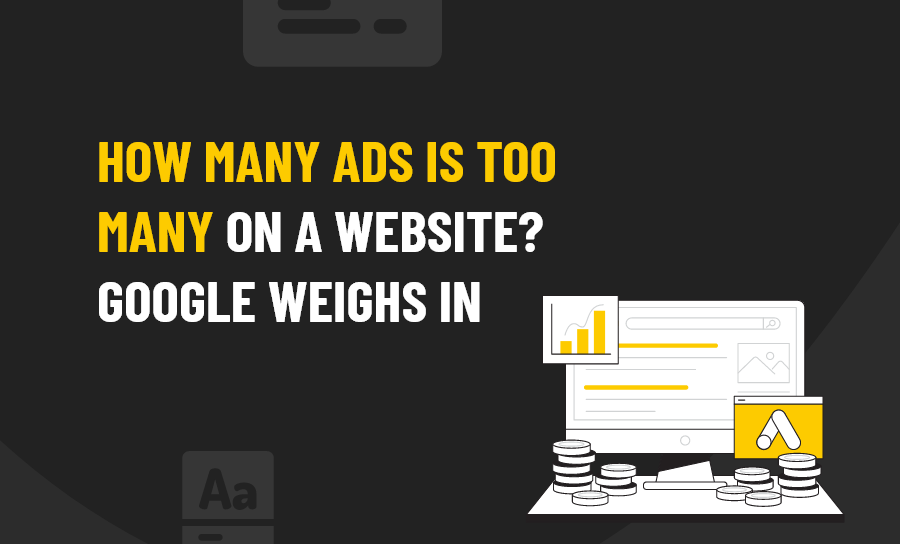How many ads is too many on a website?
In terms of their effect on SEO, the answer to this question, like many other things, has changed – and then changed again – over the years; at least as far as Google SERPs are concerned.
However, if you are wondering how many ads is too many on a website as we close out 2020 and head into 2021, keep reading.
When it comes to ranking in search results, Google’s John Mueller weighed in on how pages with tons of ads are handled.
This subject arose during the live stream of Google Search Central on December 11, when Mueller answered the following question:
“I see Google rating websites for some queries that have a large amount of ad content, which creates a bad search experience. How does Google deal with those sites?”
A reasonable question. Google has often said that too many ads create a poor user experience. And, supposedly, they won’t rank sites that offer a bad user experience. So why would they appear to be doing just that?
As no example was given, Mueller could not talk about the handling of any particular site, so he talked more generally about the handling of sites with bad user experience.
He referred to many algorithm changes that can influence the evaluation and ranking of a website with bad user experience:
- Page Layout Algorithm: Impacts pages above the fold with too many advertisements. Introduced in 2012.
- Page Speed Algorithm: When pages are slow to load, sites with an excess of ads, which often slows sites, can be affected adversely in the SERPs. Introduced in 2018
- Core Web Vitals: Directly targets pages with a sub-optimal user interface. It will start in May 2021, and smart webmasters are doing everything they can to get a good web vitals score now. Ads in abundance rarely help to achieve this.
Here’s his answer in full:
“It’s hard to say without any examples, but there are various things that we do take into account with regard to the user experience side of things. So on the one hand we did, I think a couple years ago, an update where the above the fold content is something we weighed a little bit more.
“So that’s something where if there is a lot of ad content above the fold perhaps it might be affected by that. There are other updates that have happened in the past with regard to speed. There’s the Core Web Vitals which is going to be launched in May, with regards to ranking in search results, which also helps there.”
Mueller clarifies that if they happen to be extremely relevant to specific questions or search queries, pages with a bad user interface can still rank.
“The other thing also to keep in mind is we use a lot of different factors to determine ranking in the search results to try to understand what is relevant for users in the individual times.
It can very well happen that a page is extremely relevant in some regards but still has a really bad user experience, and we will still show it in the search results. And sometimes we show it highly in the search results.”
He also went on to SEEM to say that no matter how bad the UX of a site may be, for that reason alone, Google won’t delete the site from the search results.
Usually, manual removals are reserved for sites that are obsolete and offer nothing unique.
Mueller adds his perspective on the handling of websites with bad UX by Google, saying he thinks it’s necessary to retain them in search results.
He identifies situations in which it can be incredibly difficult to access websites simply because the site’s creator doesn’t know any better. Those sites often belong to legitimate firms, so that’s why the ban hammer isn’t wielded too heavily in these situations.
You can watch the session in the video below to hear John’s answer in full.








